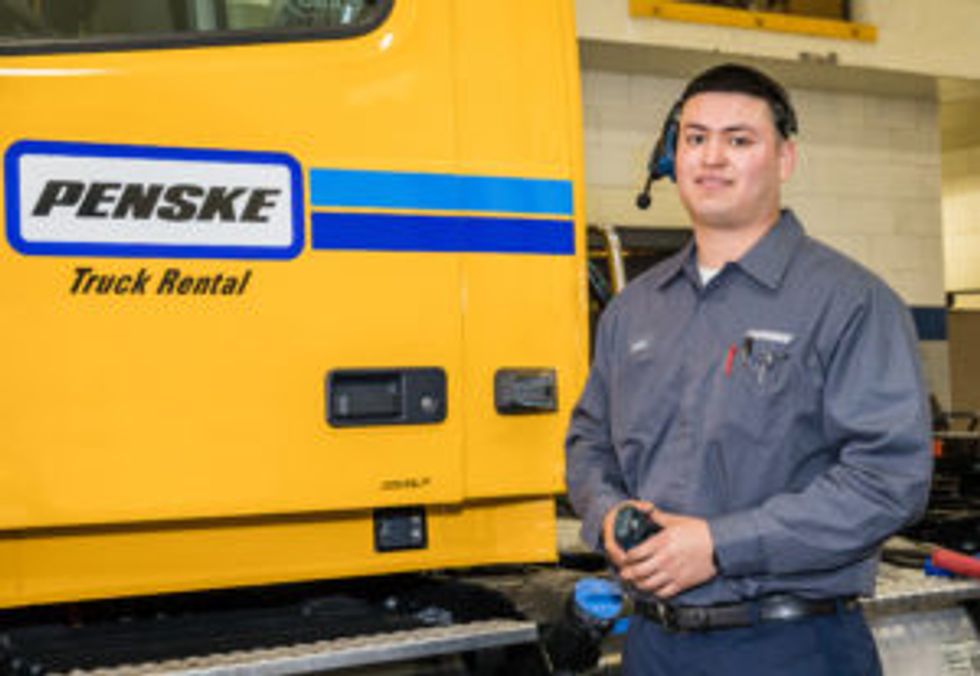Prepare Your Fleet for Peak Season
Uptime is always critical, but it becomes even more so during peak season. Keeping equipment running and ensuring enough capacity to meet heightened demand can keep freight moving.
Adhere to Preventive Maintenance Schedules
Preventive maintenance is crucial for minimizing unplanned downtime and over-the-road failures. “It is crucial to identify minor issues before they develop into larger problems as part of an effective preventive maintenance program,” said Chris Hough, vice president of maintenance design and engineering for Penske Truck Leasing. “Something as simple as a frayed airline or coolant hose can be spotted and repaired during a preventive maintenance check, which helps avoid significant disruptions to a driver's delivery schedule.”
Preventive maintenance is included in all full-service leases, and Hough recommends fleets create a clear plan and adhere to preventive maintenance schedules. “At Penske, our preventive maintenance dynamic PM plans and dynamic PM schedules are data-driven to ensure we complete the most thorough preventive maintenance program possible,” he explained.
Use Live Diagnostics and Pre-Trips To Prevent Over-the-Road Breakdowns
Even with the best PM plan, unscheduled maintenance needs can arise, which is why proactive inspections and live diagnostic tools are essential.
Pre-trip and post-trip inspections help drivers identify problems with brakes, tires, fluids, lights, electrical systems and other components before they escalate into major failures. At Penske fueling locations, customer service representatives provide an additional layer of support, walking around the vehicle to conduct safety checks and topping off oil, washer fluid and antifreeze during each fuel stop.
Penske Truck Leasing also monitors data from Class 8 tractors and has categorized more than 1,000 fault codes into red, yellow and green categories based on their urgency. By drawing on live diagnostic reporting systems, analyzing fault codes and reviewing historical repair data, Penske can trigger alerts or interventions based on the expected timeframe for when a part or component will fail and can determine if something needs to be addressed immediately or if it can wait until the next scheduled PM.
Plan Proactively for Downtime
Maintenance or bodywork can take equipment out of service, but having a contingency plan guarantees fleets don’t lose capacity. Penske Truck Leasing offers 24/7 roadside repair for leased equipment to assist drivers and get them back on the road quickly. Penske also provides replacement vehicles, if needed. For fleets that require additional flexibility, Penske rentals offer a short-term solution.
Build Scalable Capacity in Advance
Peak season demand can surge quickly, straining capacity. Being able to add capacity quickly can help prevent disruptions and give fleets a competitive advantage. Having rental agreements in place ahead of time enables fleets to respond quickly when demand increases. Penske’s rental fleet includes light-, medium- and heavy-duty equipment, so fleets can access the exact size they need and meet sudden changes in demand without a long-term commitment.
Dry van, refrigerated and flatbed rental trailers are also available. By expanding trailer capacity, fleets can establish trailer pools and a drop-and-hook delivery model that keeps freight moving. When warehouse space is limited or storage needs are temporary, trailers can be positioned where they are needed. This makes them a fast, cost-effective solution for managing surplus inventory or accommodating seasonal products.
Brokerage agreements provide an additional layer of flexibility, enabling fleets to source extra freight capacity as needed. Taking a proactive approach helps respond to fluctuations in capacity demands without scrambling at the last minute. Penske Freight Brokerage has an expansive network of DOT-approved carriers that provide full-truckload and less-than-truckload services.

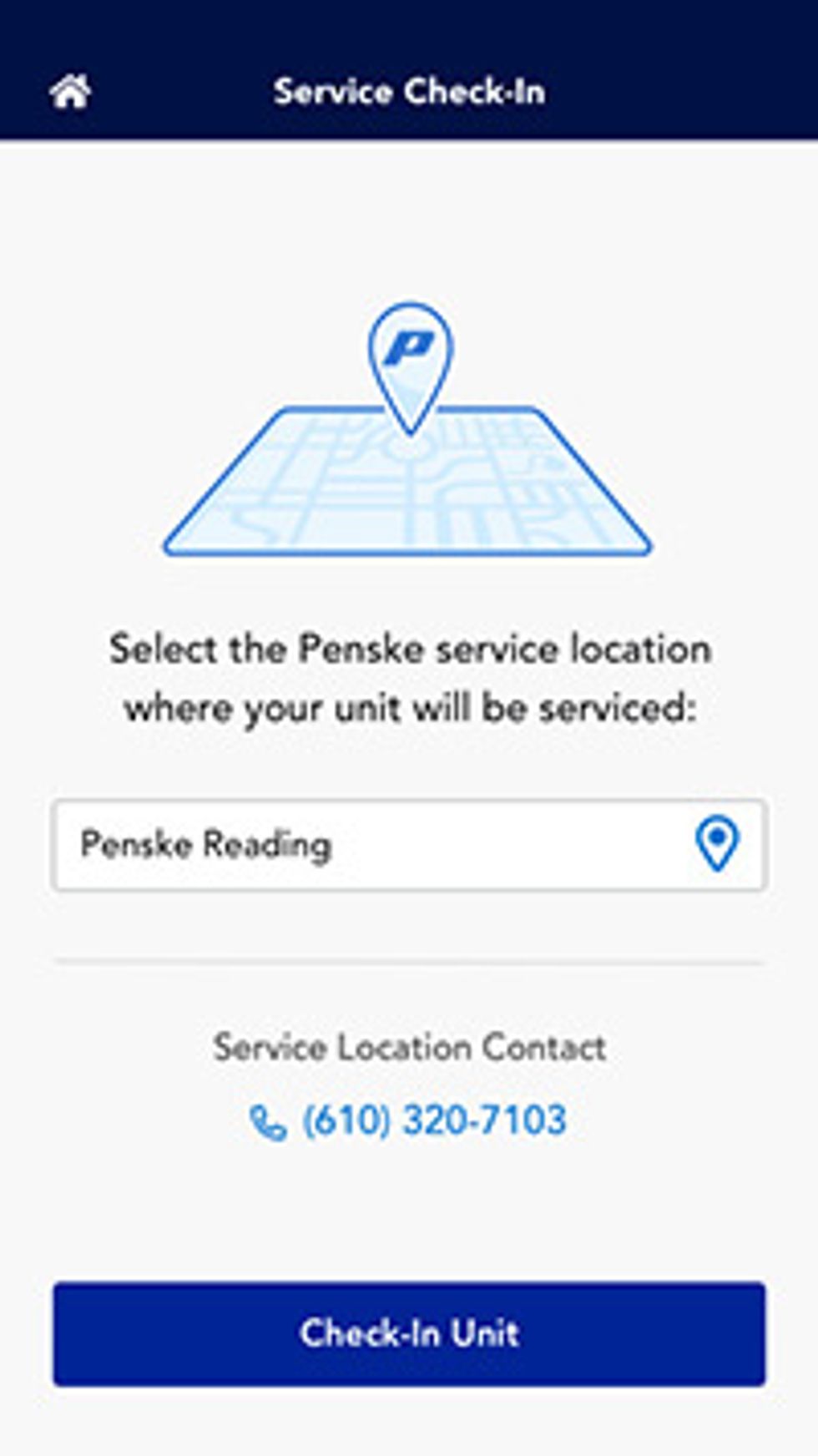
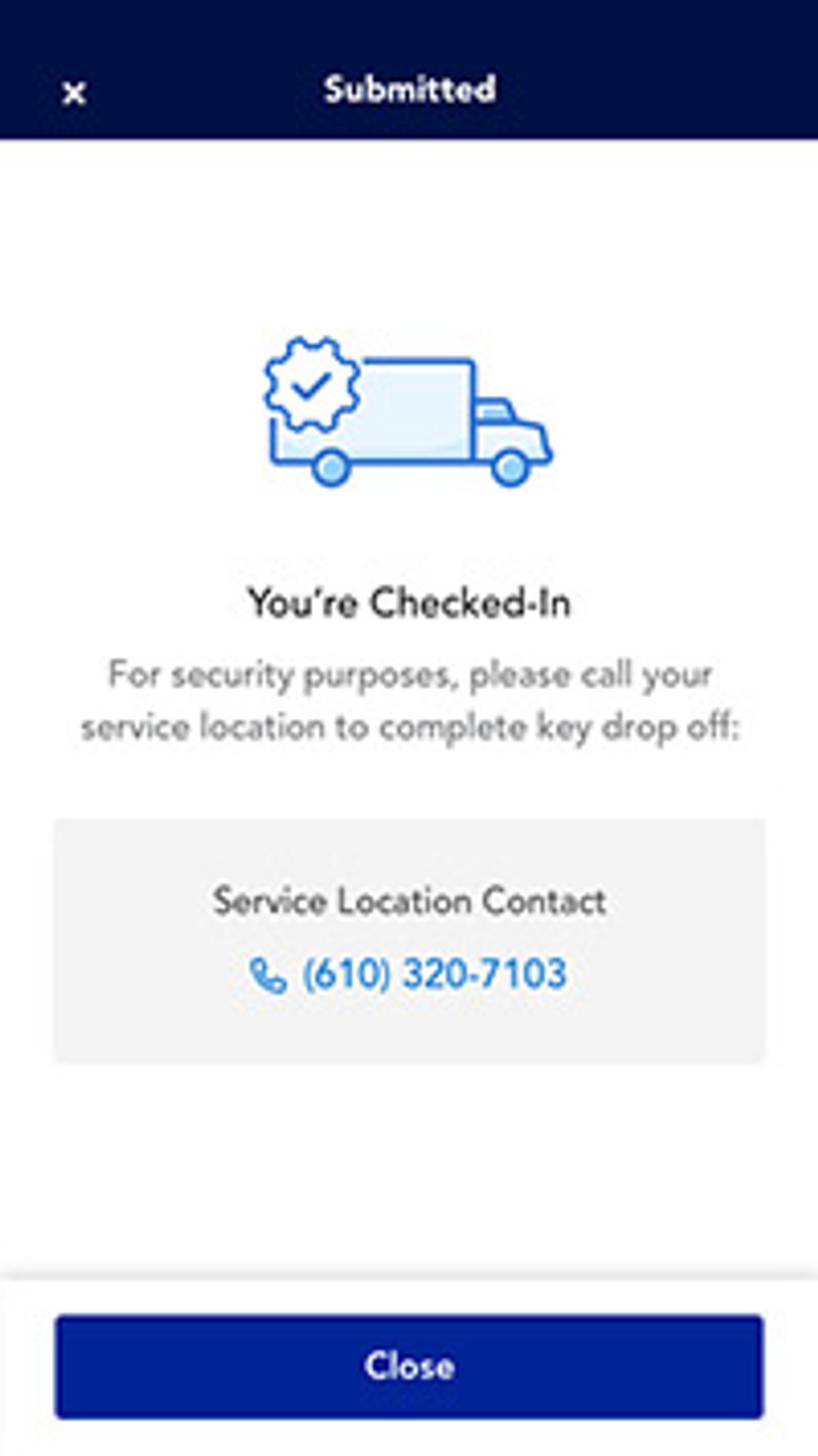
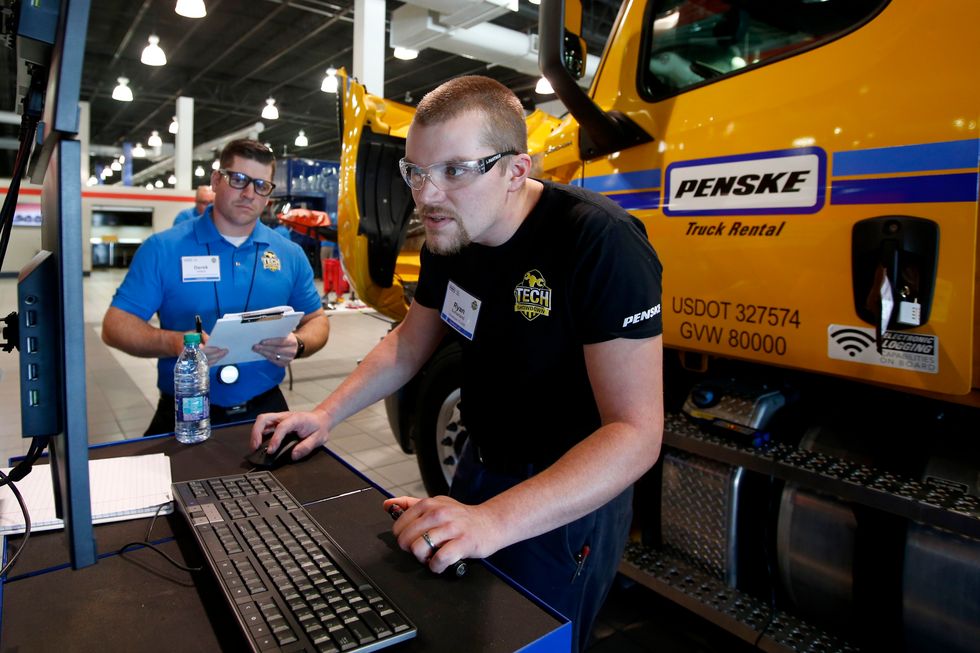 Ryan Sutherland, a Penske technician 1 from Madison, Wisconsin, competes in the 2019 Penske Tech Showdown finals.
Ryan Sutherland, a Penske technician 1 from Madison, Wisconsin, competes in the 2019 Penske Tech Showdown finals.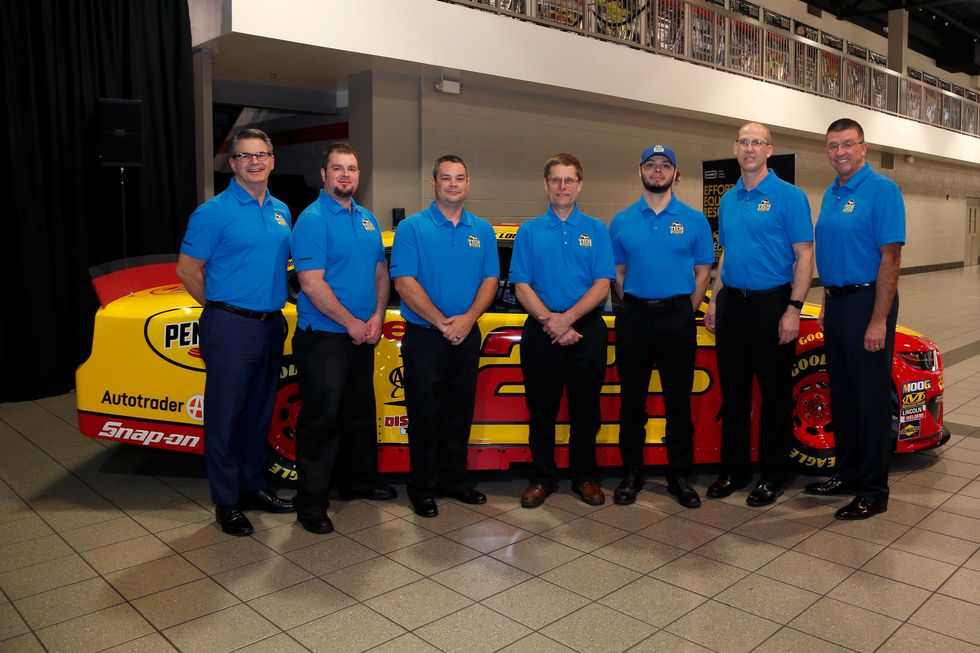 From left: Gregg Mangione, senior vice president of maintenance; Brenden Waggy, third place; Stanley Lindler, second place; David Sledziewski, first place; Dan Ferrer, fourth place; Mark Parisotto, fifth place; Art Vallely, president
From left: Gregg Mangione, senior vice president of maintenance; Brenden Waggy, third place; Stanley Lindler, second place; David Sledziewski, first place; Dan Ferrer, fourth place; Mark Parisotto, fifth place; Art Vallely, president Gregg Mangione, senior vice president of maintenance at Penske Truck Leasing
Gregg Mangione, senior vice president of maintenance at Penske Truck Leasing